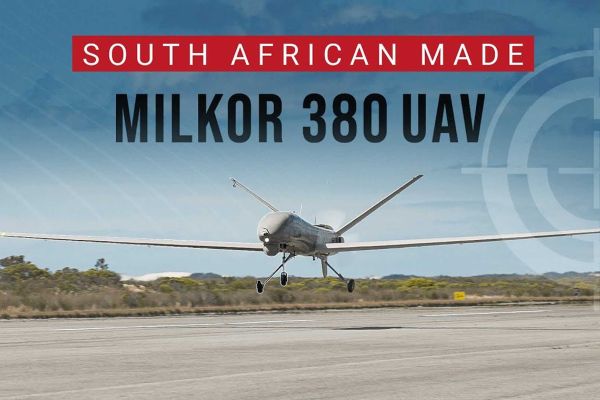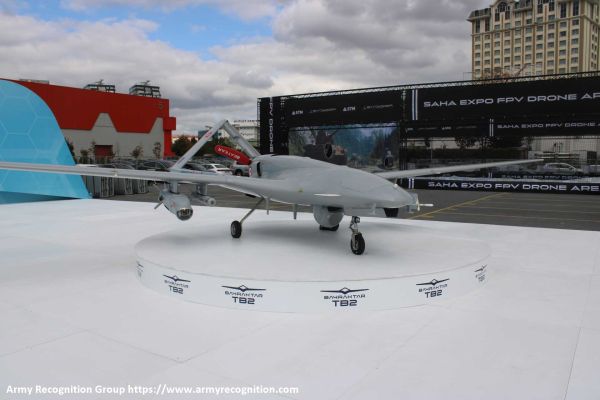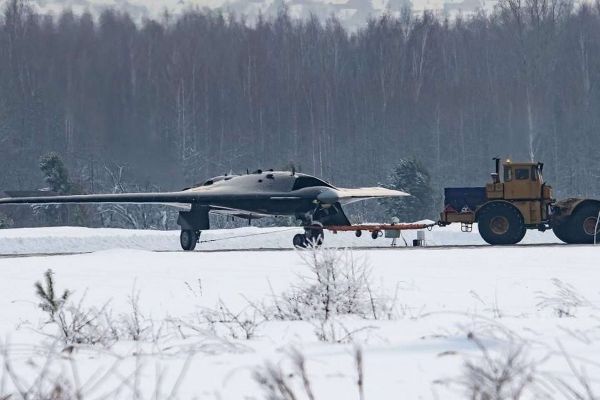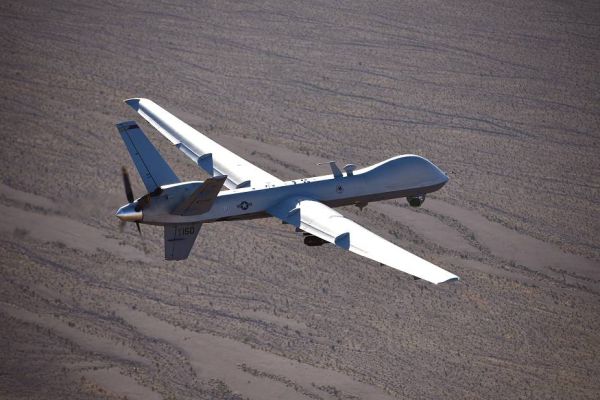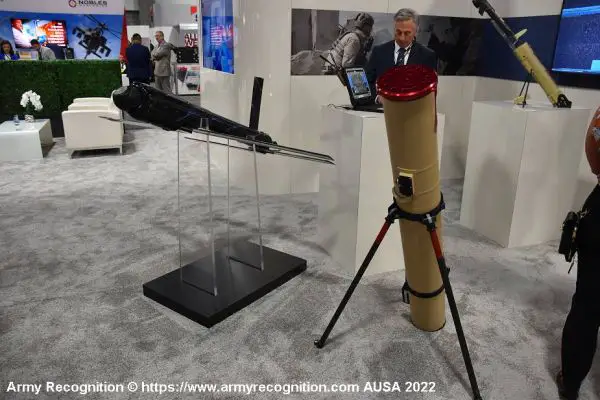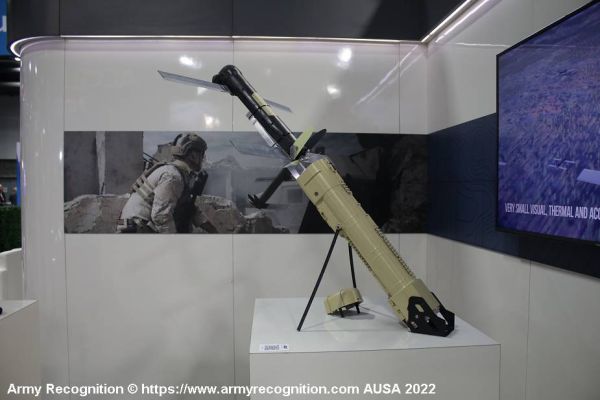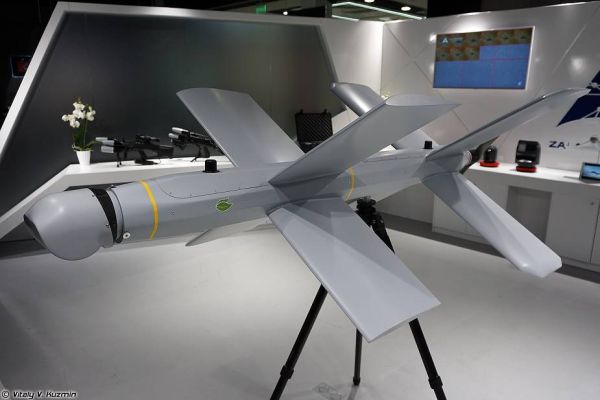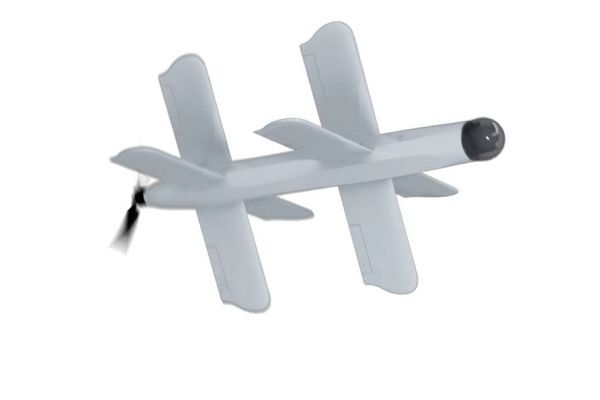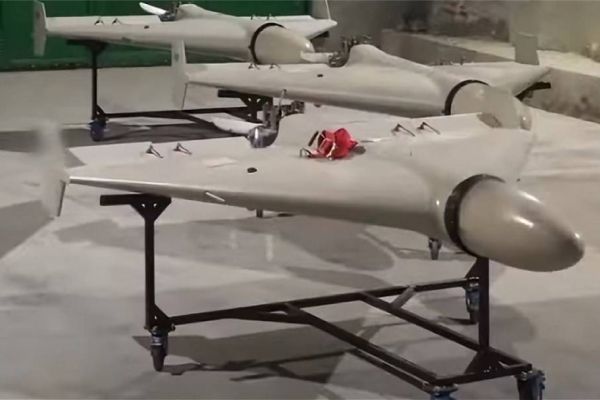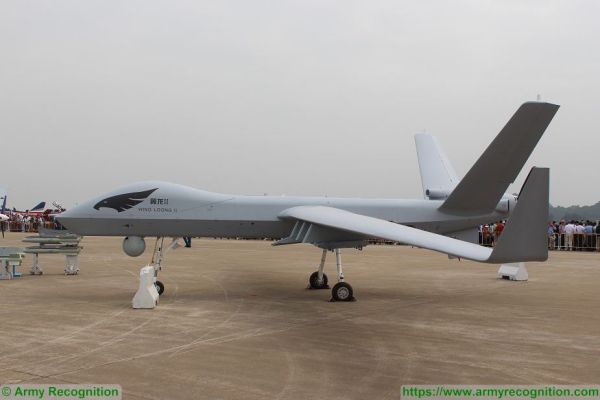Unmanned Aerial Vehicles.
V-BAT VTOL.
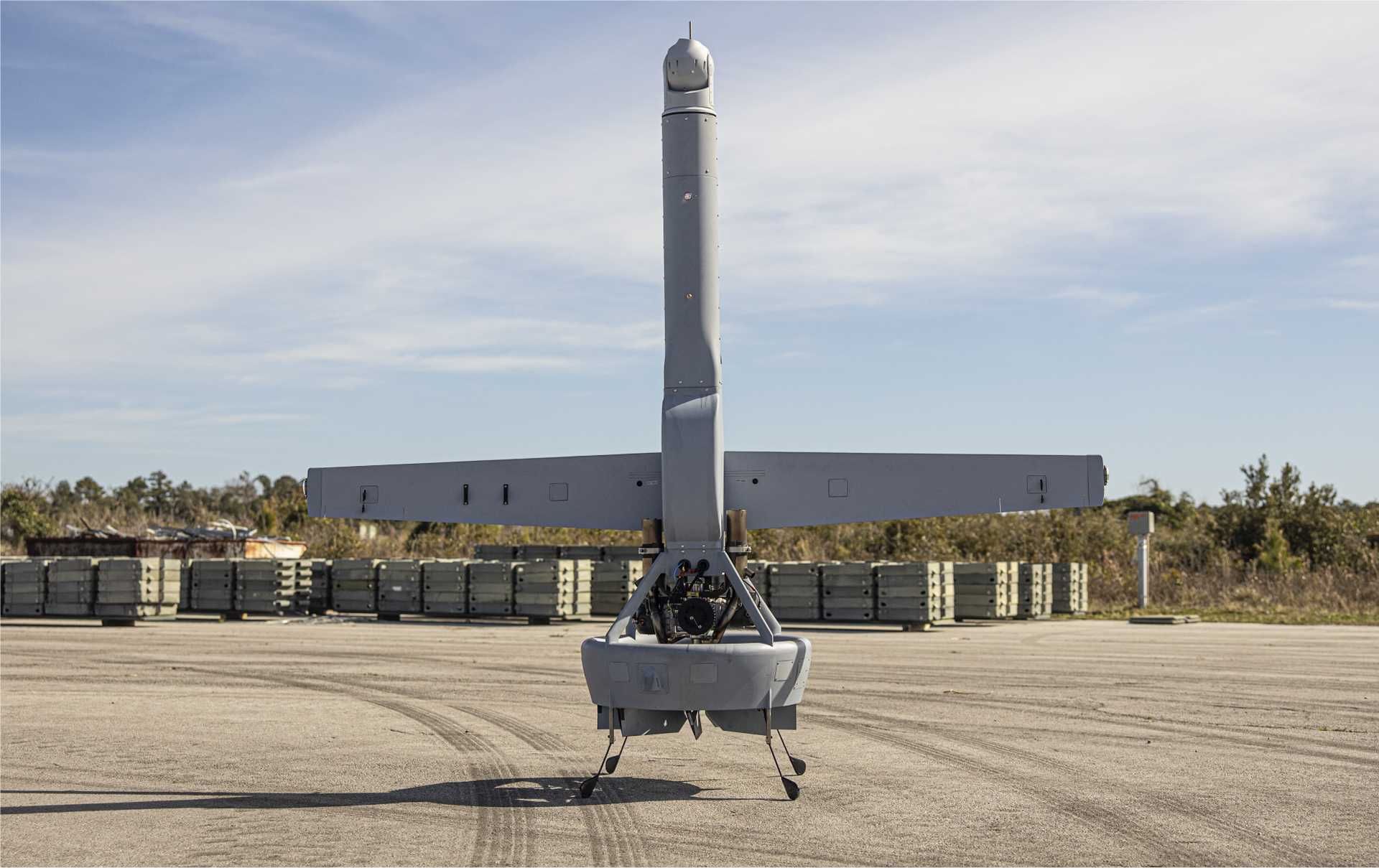
The V-BAT is an advanced Vertical Take-Off and Landing (VTOL) unmanned aerial system (UAS) developed by Shield AI in collaboration with Martin UAV. This UAS combines the versatility of rotary-wing flight with the efficiency of fixed-wing aircraft, enabling it to conduct a wide range of missions from tight, constrained environments. The V-BAT is primarily used for intelligence, surveillance, and reconnaissance (ISR) operations, as well as electronic warfare (EW) and target acquisition, making it a key asset for military and commercial applications.
Country users: Australia, Canada, France, Germany, Israel, Japan, Netherlands, New Zealand, South Korea, United Kingdom, United States, various military contractors and commercial entities
Description
The V-BAT is a Vertical Take-Off and Landing (VTOL) unmanned aerial system (UAS) developed by Shield AI, based in the United States, in collaboration with Martin UAV, a Texas-based aerospace manufacturer. This UAS is designed to combine the best features of both rotary-wing flight and fixed-wing efficiency, enabling it to perform missions in environments where space for takeoff and landing is limited. The V-BAT is optimized for missions in complex and confined environments, such as urban canyons, dense forests, and shipboard operations, where other UAVs would struggle to perform. The development of the V-BAT is centered on autonomous flight, lightweight materials, and a modular payload system, which allows it to adapt to a wide variety of missions in tactical, intelligence, surveillance, and reconnaissance roles.
Shield AI, the primary designer and developer of the V-BAT, is a leader in autonomous technologies, focusing on AI-driven systems for military and security applications. Martin UAV, with expertise in aerospace engineering, adds its advanced UAV manufacturing capabilities to the collaboration, ensuring the V-BAT is both robust and highly effective for its intended uses. The V-BAT was created to address the increasing demand for versatile, long-endurance drones that can be quickly deployed in austere and challenging environments, without the need for extensive infrastructure.
The development of the V-BAT began in the mid-2010s, with the system undergoing rigorous prototyping and testing. By 2019, the V-BAT had successfully entered operational service, marking its debut in both military and commercial sectors. Since its introduction, the V-BAT has been integrated into a variety of mission profiles, ranging from border patrols and reconnaissance to electronic warfare (EW) and signal intelligence (SIGINT).
What makes the V-BAT unique is its dual-mode flight capability. It can take off and land vertically, using its ducted fan system for vertical lift, and then transition seamlessly to fixed-wing flight for greater endurance and higher speeds. This design gives the V-BAT significant operational advantages over traditional rotary-wing or fixed-wing drones. It can operate in constrained spaces with a launch/recovery footprint of just 6m x 6m (20ft x 20ft), which is ideal for tactical scenarios where space is limited. Furthermore, the system can be operated autonomously, with the ability to transition between flight modes during a mission, which reduces the need for constant operator intervention.
The V-BAT is primarily used for intelligence, surveillance, and reconnaissance (ISR), providing real-time situational awareness and intelligence over extended periods. It can conduct perch and stare operations, allowing it to stay in position above a target area for long periods of time, making it invaluable for border surveillance, tactical reconnaissance, search and rescue (SAR), and environmental monitoring. The V-BAT's flexibility also extends to electronic warfare (EW) missions, where it can be equipped with electromagnetic sensors and signal jammers to disrupt enemy communications and radar systems. The system is adaptable to a variety of payloads, such as high-resolution EO/IR cameras, synthetic aperture radar (SAR), and hyperspectral sensors, depending on the specific needs of the mission.
V-BAT VTOL variants:
- V-BAT 128: The original V-BAT designed for tactical ISR and surveillance. It features a modular payload system for various missions.
- V-BAT 300: An enhanced version with greater endurance, payload flexibility, and improved fuel efficiency for extended operations and heavier payloads.
- V-BAT Marine Variant: Optimized for shipboard operations, this variant is ideal for maritime surveillance and reconnaissance with weatherproofing for marine conditions.
- V-BAT Hybrid (Electric and Gas): A hybrid version offering both electric and gasoline propulsion for quiet, low-emission flights, suitable for extended endurance missions in sensitive areas.
- V-BAT Tactical Variant: A ruggedized variant for combat and tactical operations, built for durability in high-risk zones and designed for rapid deployment in the field.
- V-BAT Special Operations Variant: Custom-designed for special forces with enhanced stealth and autonomous flight capabilities, optimized for covert operations and high-risk reconnaissance.
Technical Data
-
Design
The V-BAT is designed for ease of deployment and transport, with a wingspan of 2.96 m and a length of 2.74 m. Its compact design is optimized for operations in confined spaces, ensuring that it can be launched and recovered from areas as small as 6m x 6m (20ft x 20ft). The fuselage is constructed from lightweight composite materials reinforced with Kevlar, giving it durability while keeping the overall weight to a minimum. The ducted fan rotor system is one of the V-BAT’s standout features, providing the necessary vertical lift during takeoff and landing, and serving as the aircraft's tail surfaces during forward flight. The design ensures safe operations even in restricted spaces, with the rotor system minimizing risk from exposure to external objects or personnel. The nose skids, which are shock-absorbing, help protect the system during rugged landings in tactical environments.
-
Payload
The V-BAT offers significant flexibility with its modular payload system, allowing for quick integration of different sensor packages based on the mission. It can carry payloads weighing up to 11.3 kg. Common payloads include high-resolution electro-optical/infrared (EO/IR) cameras, which are typically used for intelligence gathering and surveillance. The system is also capable of carrying synthetic aperture radar (SAR) for wide-area surveillance and hyperspectral sensors for environmental assessments. The V-BAT’s payload capacity also supports electronic warfare (EW) equipment, such as signal interceptors or jamming systems, making it a valuable asset in contested environments. Payload management is seamless, with the system automatically adjusting flight behavior and power consumption depending on the weight and type of sensors installed.
-
Propulsion
The V-BAT is powered by a 288cc 2-stroke EFI Engine, which delivers 500 watts of power and ensures sufficient thrust for both vertical and horizontal flight. The engine is compatible with both heavy fuel (JP-8) and gasoline oil mix (40:1), offering operational flexibility in diverse environments. This fuel flexibility is particularly useful in forward-deployed missions, where access to specialized fuel may be limited. The V-BAT can achieve a maximum dash speed of 157 km/h, allowing it to rapidly cover large areas. Its sustained cruising speed is approximately 98 km/h, which allows for 8+ hours of continuous flight, depending on the payload and environmental conditions. The V-BAT has a maximum operational ceiling of 5,486 m and a range of 563 km (350 miles), although its telemetry range is approximately 64 km (40 miles). The unique combination of VTOL capabilities and fixed-wing endurance provides the V-BAT with unparalleled versatility in the UAV market.
-
Command and Control Systems
The V-BAT is designed to be operated by a single operator, although a second operator can be used for more complex missions or multi-drone operations. The drone is controlled via the Kutta Tech Ground Control Station (GCS), which provides an intuitive interface for both mission planning and real-time flight control. The GCS features a moving map display for situational awareness and a point-and-click mission planning interface that simplifies pre-flight setup. The system also supports autonomous flight, where the V-BAT can execute pre-programmed flight paths and adjust to real-time conditions without requiring constant input from the operator.
The V-BAT can be controlled over a secure communication link, with 2.4 GHz video downlink and 900 MHz spread-spectrum modems enabling two-way communication. This ensures continuous data transfer, even over long distances or in contested environments. The system supports both line-of-sight and satellite-based communications, allowing for reliable control even in GPS-denied areas. Additionally, the V-BAT is capable of autonomous transition between vertical takeoff and landing (VTOL) and horizontal flight modes, further reducing operator workload and ensuring efficient, flexible mission execution.
Specifications
-
Type
Vertical Take-Off and Landing (VTOL) Unmanned Aerial System (UAS)
-
Country users
Australia, Canada, France, Germany, Israel, Japan, Netherlands, New Zealand, South Korea, United Kingdom, United States, various military contractors and commercial entities.
-
Designer Country
United States
-
Engine
288cc 2-stroke EFI Engine
-
Speed
Max Dash Speed: 157 km/h
Cruising Speed: 98 km/h -
Altitude
Max Operating Ceiling: 5,486 m
-
Endurance
10 hours at 45 km/h (45 knots) with standard payload
-
Payload
EO/IR (Electro-Optical/Infrared) cameras, Synthetic Aperture Radar (SAR), Hyperspectral Sensors, SIGINT, EW Systems, Communication Relays, Target Markers
-
Payload Weight
Up to 11.3 kg
-
Dimensions
Length: 2.74 m; Height: 2.4 m; Wingspan: 2.96 m






































